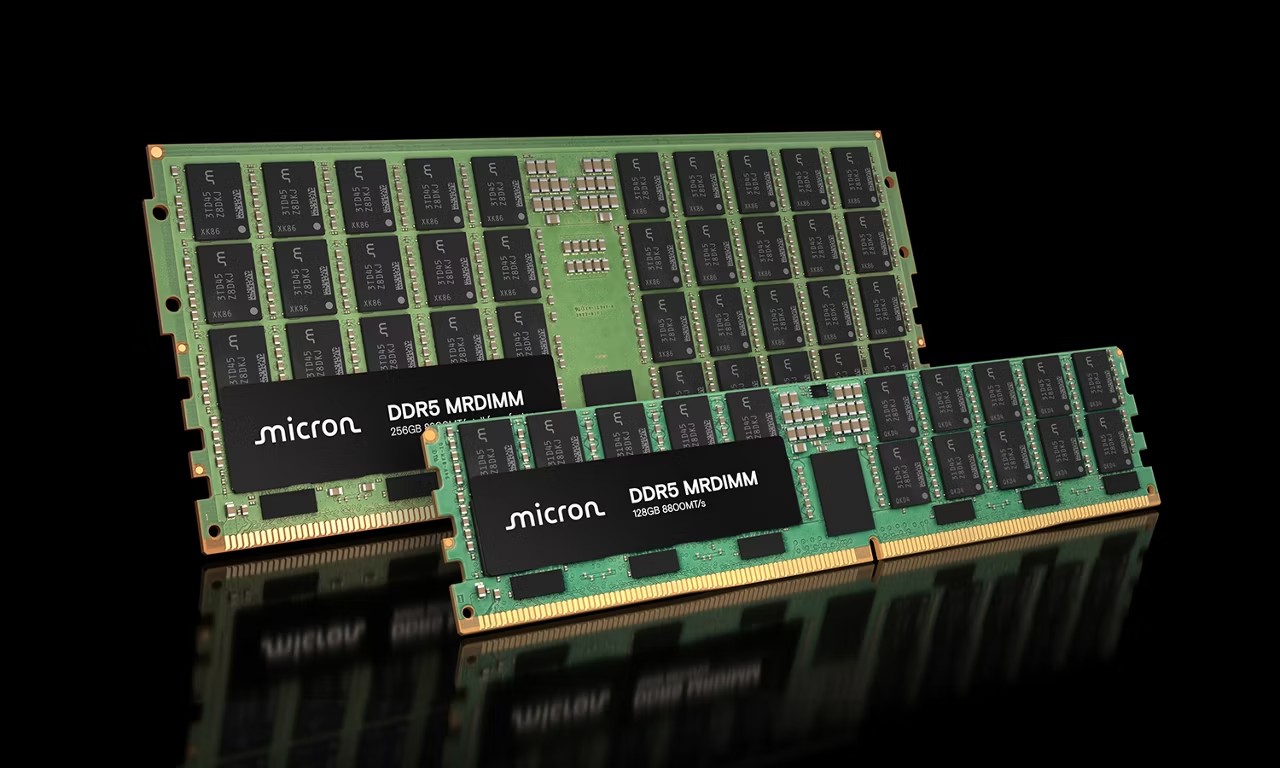The evolution of enterprise computing requires faster data processing, higher bandwidth, and greater efficiency. DDR5 server memory is the latest advancement in DRAM technology, offering a significant performance boost over its predecessor DDR4. With increased data transfer rates, improved power efficiency, and enhanced reliability, DDR5 memory is engineered to meet the demands of high performance computing, cloud infrastructure, virtualization, and AI driven workloads.
What is DDR5 Server Memory
DDR5 or Double Data Rate 5 is the fifth generation of synchronous dynamic random access memory. It is designed to handle the growing needs of data intensive applications by doubling the bandwidth and increasing the capacity compared to DDR4. DDR5 server memory modules are optimized for multiprocessor environments where large datasets and high throughput are crucial.
Key Differences Between DDR5 and DDR4
- Higher bandwidth up to 6400 megatransfers per second or more
- Increased memory density with modules up to 512 gigabytes
- On die error correction for enhanced data integrity
- Lower operating voltage for improved power efficiency
- Dual independent 32 bit channels per module
These improvements make DDR5 the ideal choice for enterprise workloads that rely on fast memory access and scalability.
Advantages of DDR5 in Enterprise Computing
Increased Data Throughput
DDR5 provides significantly higher bandwidth than previous generations, enabling servers to process larger volumes of data more quickly. This is essential in environments like big data analytics, artificial intelligence, and machine learning where speed and responsiveness are critical.
Enhanced Multi Core Performance
Modern CPUs are designed with higher core counts, and DDR5 helps unleash their full potential by delivering more data to more cores simultaneously. With dual independent channels per module, DDR5 reduces latency and improves throughput in multi threaded applications.
Improved Power Efficiency
DDR5 operates at a lower voltage compared to DDR4, which results in reduced power consumption and lower heat output. This is especially beneficial in data centers and cloud platforms where energy efficiency translates to cost savings and sustainability.
Higher Module Capacity
DDR5 supports higher density memory chips, allowing servers to utilize larger memory pools. This makes it easier to run memory intensive applications such as in memory databases, high resolution rendering, and large scale simulations.
Use Cases for DDR5 Server Memory
Virtualization and Cloud Infrastructure
DDR5 enables smoother virtualization by supporting more virtual machines on a single host with faster memory access. For cloud providers and enterprise IT teams, this means better resource utilization and lower total cost of ownership.
AI and Machine Learning
Artificial intelligence workloads require rapid data processing across many compute threads. DDR5 memory ensures that AI models and training algorithms have the memory bandwidth they need to perform efficiently.
Database and Analytics Platforms
In memory databases such as SAP HANA benefit significantly from DDR5 due to its higher bandwidth and larger module sizes. Analytics engines can perform faster queries and handle more concurrent users with reduced latency.
High Performance Computing
Scientific computing, financial modeling, and engineering simulations require massive compute power and fast memory. DDR5 delivers the performance and reliability needed to support these demanding workloads.
Reliability and Advanced Features
On Die ECC for Improved Data Integrity
DDR5 introduces on die error correction code which allows the memory module to correct single bit errors within the chip before the data is transferred. This results in improved reliability and reduces the risk of system crashes due to memory corruption.
Power Management Integration
DDR5 moves power management functions from the motherboard to the memory module itself through an integrated power management IC. This allows for better power regulation and improved system stability under heavy load.
Thermal Management and Monitoring
Enterprise grade DDR5 modules are often equipped with built in temperature sensors. These sensors help IT teams monitor thermal performance and ensure that memory operates within safe temperature ranges, reducing the risk of failure in mission critical systems.
Conclusion
DDR5 server memory represents a major leap forward in RAM technology, delivering higher bandwidth, lower power usage, and greater reliability. It is a critical component for enterprise computing environments that require performance, scalability, and efficiency.
From virtualization and cloud services to AI, analytics, and scientific research, DDR5 equips IT systems with the memory performance needed to meet today’s challenges and tomorrow’s opportunities. As data volumes continue to grow and applications become more complex, DDR5 ensures that enterprise infrastructure remains agile and responsive.

